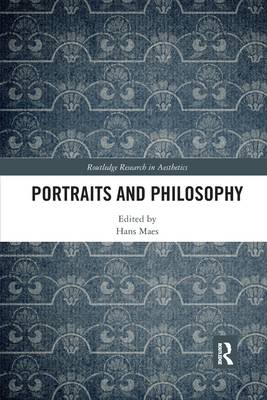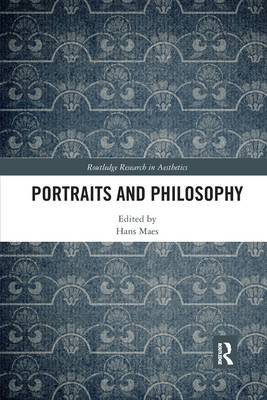
- Retrait gratuit dans votre magasin Club
- 7.000.000 titres dans notre catalogue
- Payer en toute sécurité
- Toujours un magasin près de chez vous
- Retrait gratuit dans votre magasin Club
- 7.000.000 titres dans notre catalogue
- Payer en toute sécurité
- Toujours un magasin près de chez vous
Portraits and Philosophy
Description
Portraits are everywhere. One finds them not only in museums and galleries, but also in newspapers and magazines, in the homes of people and in the boardrooms of companies, on stamps and coins, on millions of cell phones and computers. Despite its huge popularity, however, portraiture hasn't received much philosophical attention. While there are countless art historical studies of portraiture, contemporary philosophy has largely remained silent on the subject. This book aims to address that lacuna. It brings together philosophers (and philosophically minded historians) with different areas of expertise to discuss this enduring and continuously fascinating genre.
The chapters in this collection are ranged under five broad themes. Part I examines the general nature of portraiture and what makes it distinctive as a genre. Part II looks at some of the subgenres of portraiture, such as double portraiture, and at some special cases, such as sport card portraits and portraits of people not present. How emotions are expressed and evoked by portraits is the central focus of Part III, while Part IV explores the relation between portraiture, fiction, and depiction more generally. Finally, in Part V, some of the ethical issues surrounding portraiture are addressed. The book closes with an epilogue about portraits of philosophers.
Portraits and Philosophy tangles with deep questions about the nature and effects of portraiture in ways that will substantially advance the scholarly discussion of the genre. It will be of interest to scholars and students working in philosophy of art, history of art, and the visual arts.
Spécifications
Parties prenantes
- Editeur:
Contenu
- Nombre de pages :
- 344
- Langue:
- Anglais
- Collection :
Caractéristiques
- EAN:
- 9781032337678
- Date de parution :
- 14-06-22
- Format:
- Livre broché
- Format numérique:
- Trade paperback (VS)
- Dimensions :
- 152 mm x 226 mm
- Poids :
- 476 g






